Scarlet Nexus, an action-RPG about moving extremely heavy objects with your brain, is officially out now for PlayStation, Xbox, and PC. The fundamental gameplay isn’t terribly far afield from your standard game of this nature, but there are some quirks to be aware of. Here’s what to know before you start.
Figure out which storyline to play.
Scarlet Nexus features a dual storyline. At the start of the game, before you really get a grasp of how things work, you’ll have to choose who to play as: Yuito or Kasane. Both have similar movesets and show the same plot, albeit from opposite perspectives. But there are some notable differences. The short version is that Yuito is a bit easier to get a handle on, while Kasane’s a bit tougher to play. On the flip side, she has a headier, more intriguing plotline. Choice is yours. Our deeper guide could help, though.
Read More: Should You Play As Yuito Or Kasane?
Save whenever you can.
Yes, Scarlet Nexus has an autosave, but it’s not exactly reliable. In my experience it tends to line up with the designated save spots anyway. Don’t trust it! You’ll be let down, I promise. Instead, whenever you see this weirdo:
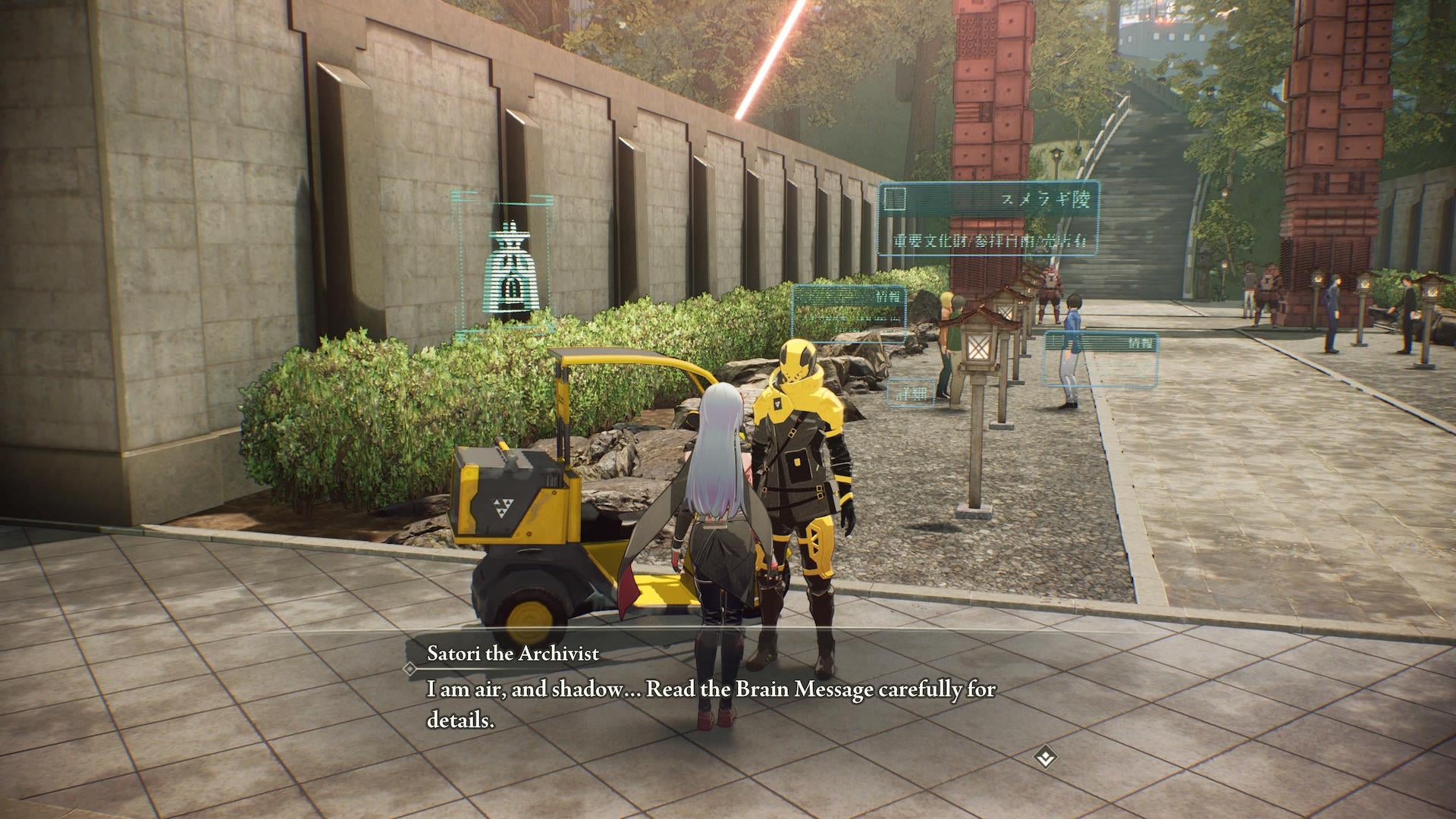
Make sure to save. And do so on two separate slots, as a safeguard for when you accidentally overwrite your Yuito save file with your Kasane one.
Read the in-game dossier.
Scarlet Nexus features around 20 main characters, all of whom cycle in and out of the story. Now, mix that up with a dual-narrative plot. It’s a lot to keep track of. By opening up the “library” tab, you can read short character bios for every person. When learning who’s who and what’s what, these descriptions are required reading. That way, you’ll do more Knowing What’s Going On and less, “Ohhh, right, that person!”
Get the Rebound skill.
Yuito and Kasane largely have the same skills, though their respective trees are laid out in a different order. For both characters, Rebound is, without question, the most helpful skill you can get. Without this skill, when you’re knocked down, you just kinda…stay there, immobile for a beat or two, which leaves you wide open to attacks. Once you’ve unlocked it, you can tap Circle (on PlayStation) to instantly bounce back up.
Get Auto-Heal next.
Auto-Heal doesn’t heal you in battle (you’ll need to unlock a later, secret skill for that) but it does restore your health between battles. Since you can only carry 10 healing items, it’s better to save those for the actual fights.
While you’re at it, make sure you’re full up on healing items whenever you pass the shop (same thing as the save spot guy). You never know when Scarlet Nexus will throw a boss fight or a multi-wave throng of enemies your way.
And then get Concurrent SAS Activation.
Yuito and Kasane have formidable telekinetic powers, and they’re thrilling to use alone. But combat truly shines when you combine those powers with the powers of your party members. Hurling a fridge at an enemy is cool. Hurling a fridge that’s on fire is infinitely cooler.
Typically, you can only activate one of these abilities at any given moment. But, by unlocking Concurrent SAS Activation, you can activate two at the same time. (A similar skill eventually allows you to do four at once. Just takes a bit to unlock it.)
But avoid these skills.
Some skills look good on paper, yet aren’t nearly as helpful as their flavour text suggests. Steer clear of…
- Attack Up: Increasing your damage by 5 per cent might sound tempting, but most of the damage you deal is a result of telekinetically throwing massive objects into enemies. Your weapon deals minimal damage as is, so increasing it by a small percentage won’t pay many dividends.
- Item Attraction: Having items magnetically fly toward you is nice. It’s also not exactly necessary. Put your skill points elsewhere.
- 4th Weapon Combo Hit: Initially you can only string together three attacks. Increasing that to four sounds lovely, but the real damage, again, comes from your psychokinetic abilities. Focusing on buffing your weapon damage won’t pay off the way you think it will.
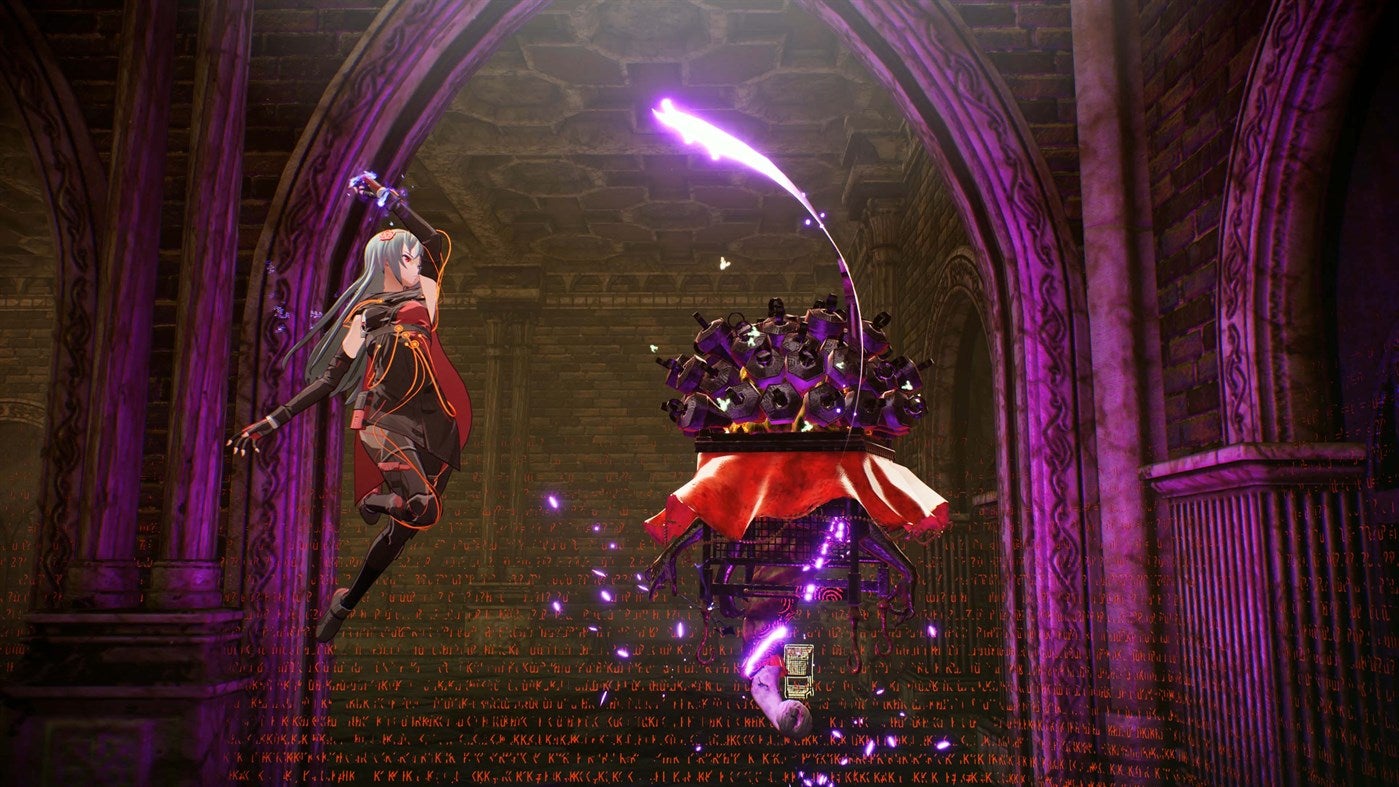
Don’t even bother with the side-quests.
Barring some late-game tweak to the formula that I haven’t seen, every single side-quest in Scarlet Nexus is a fetch quest. None of them have compelling narratives. None offer meaningful awards. None send you to interesting places. An NPC will just tell you to kill, like, two monsters in exchange for three jellies that you could just buy at the shop for pennies anyway.
Don’t sweat money.
You’ll get a lot of it — and you’ll get it quickly, too.
But if you want to save it, lean on the “exchange.”
Fairly early on, the shop will start offering an “exchange” option. Instead of handing over 100 of whatever the currency in Scarlet Nexus is called for a light jelly (the basic healing item), you can pass over two “battle record” items, which you’ll find naturally just by defeating enemies and serve no other purpose other than to be used for barter via “exchange.” Everything in the shop has an exchange cost. And everything you can use in the exchange is fairly easy to come by.
Do all of the bonding episodes.
Scarlet Nexus features so, so many side characters, many of whom will cycle in and out of your party — and bring their kickass superpowers with them. Outside of combat, you can work toward building a bond with each character, tiered at six different levels. At the second level, their ability will cool down a bit faster. At the fifth level, that ability lasts longer. You can further unlock special attacks and such.
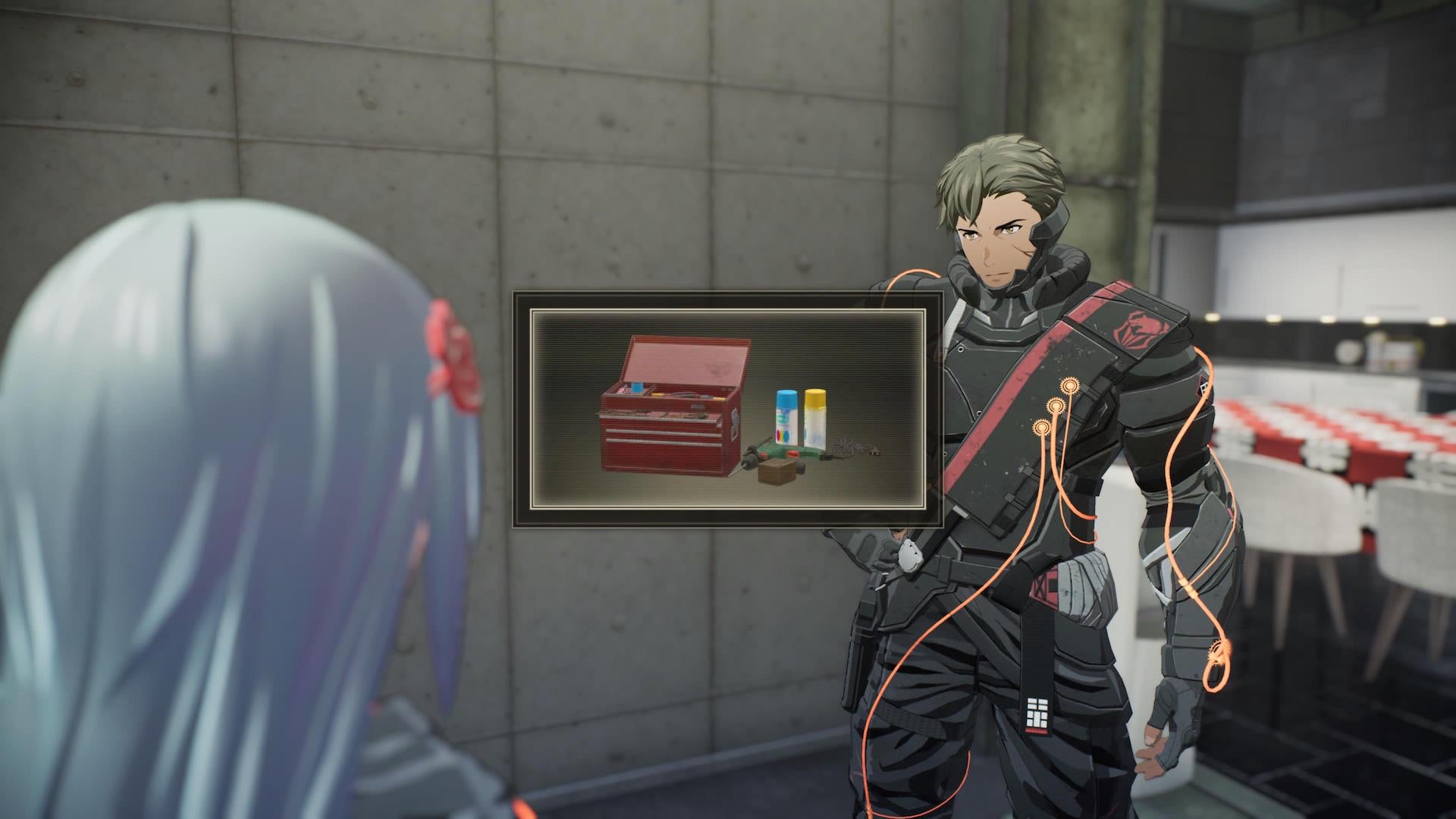
The easiest way to build a rapport is to sit through the “bonding episodes,” typically just a brief cutscene with some painfully awkward dialogue. Open up your messages, and if a character’s messaging icon is pink, you can start one of these episodes. Between chapters, while you’re at the hideout, you might see that same pink icon floating over a party member’s head. Talking to them will further give you the option to kickstart these episodes. Also, while there, you can also give gifts — purchased via the shop’s exchange — to any party members, which further contributes toward increasing the level of your bond. Lotta options.
There are two types of throwable objects.
Objects marked with R2 are standard fare: You pick them up, you throw them, your enemies lose some health. Those marked with L2, on the other hand, deal a whole lot more damage, sometimes even killing enemies in one hit. The only drawback? Most of them spark a quick-time event. (I know, I know…But it’s worth it, I promise!)
Always Be Crushing.
Forget what Alec Baldwin taught you. In Scarlet Nexus, the acronym stands for “Always Be Crushing.” After you wail on an enemy for a bit, they’re open to a one-hit kill move called a Brain Crush (bosses excepted). Whenever you see L2 pop up over an enemy’s head, hit it. You’ll get a bit of bonus XP for pulling the Brain Crush off. Plus, it looks cool as hell:
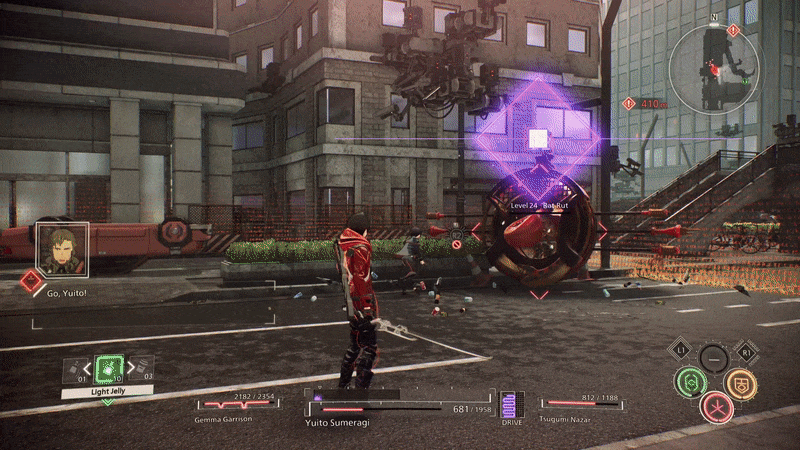
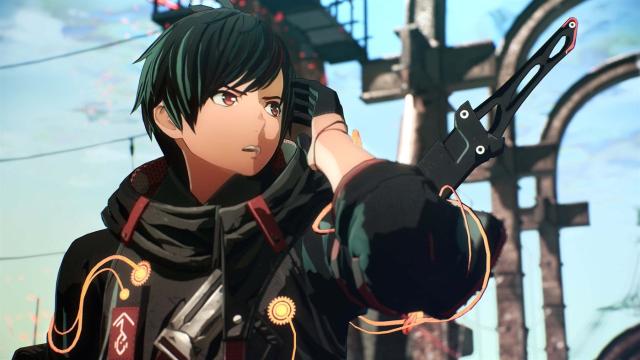
Leave a Reply